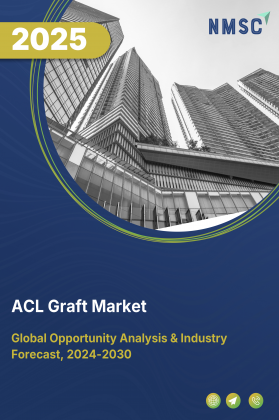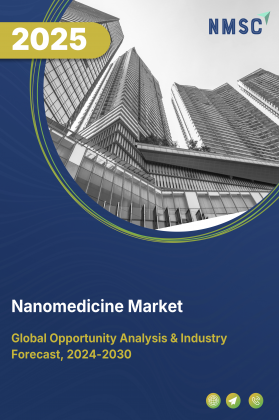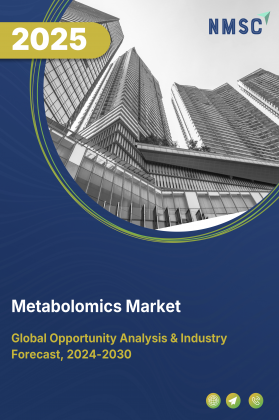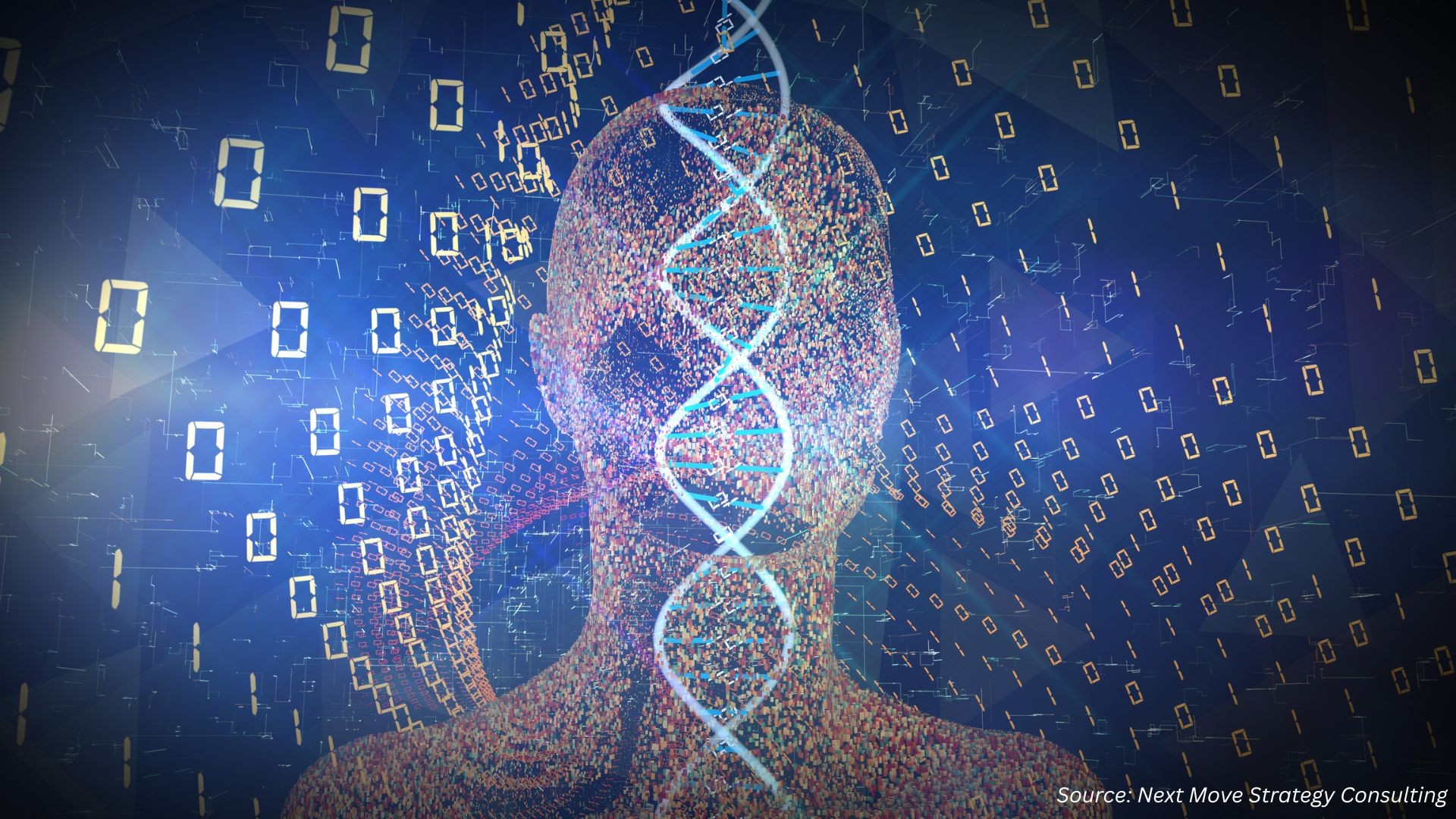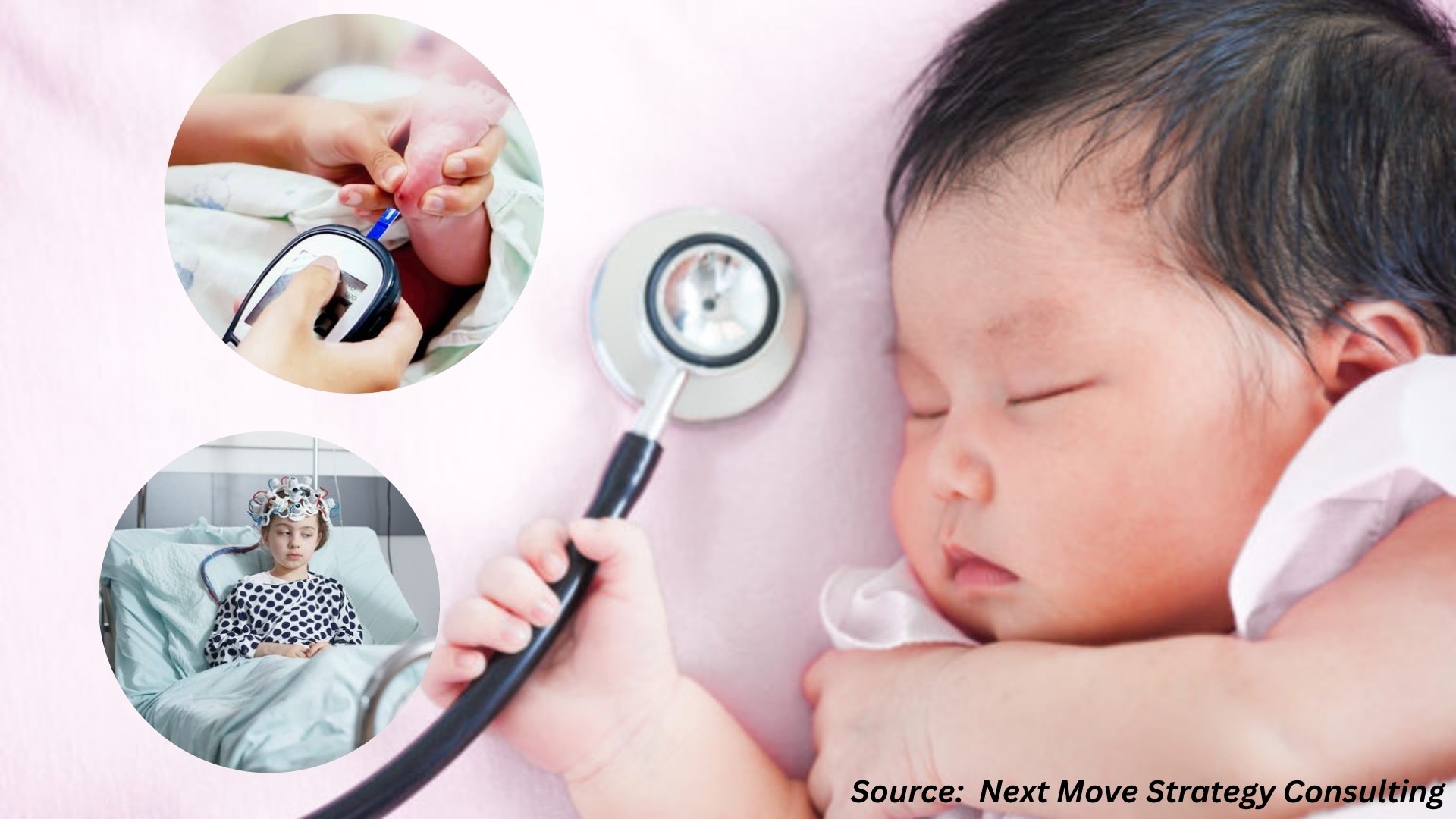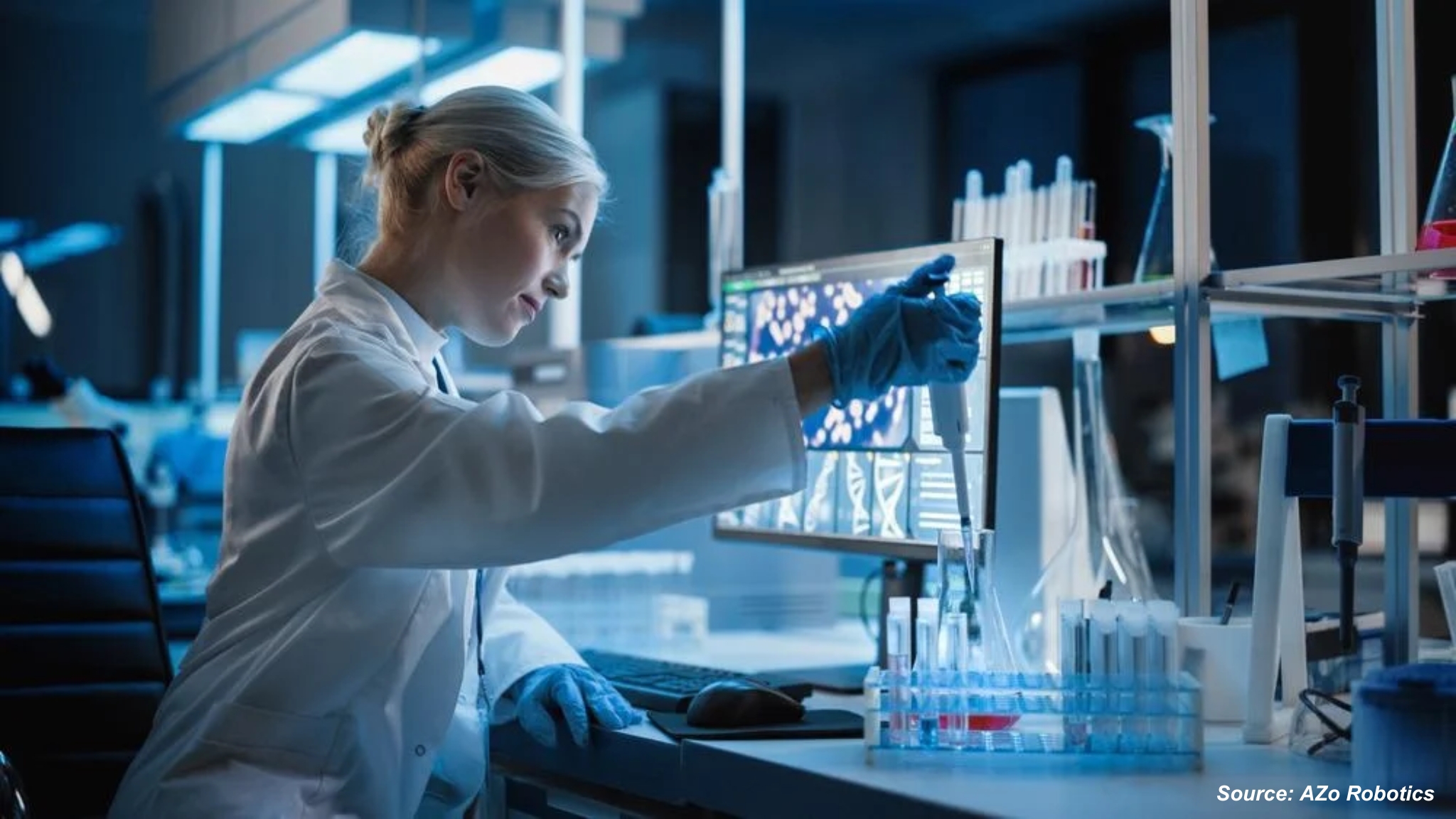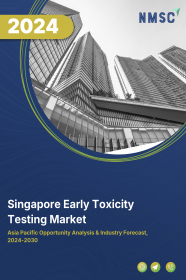
Singapore Early Toxicity Testing Market by Technique (In Vivo, In Vitro and In Silico), by Toxicity Endpoint (Genotoxicity, Dermal Toxicity, Skin Toxicity, Ocular Toxicity, Phototoxicity, and Others), and by End-User (Pharmaceutical Industry, Cosmetic Industry, Chemical Industry, Food Industry, and Others) – Opportunity Analysis and Industry Forecast, 2025–2030
Industry: Healthcare | Publish Date: 22-May-2025 | No of Pages: 147 | No. of Tables: 112 | No. of Figures: 57 | Format: PDF | Report Code : HC767
Singapore Early Toxicity Testing Industry Overview
The Singapore Early Toxicity Testing Market size was valued at USD 103.7 million in 2024, and is predicted to reach USD 165.2 million by 2030, at a CAGR of 8.1% from 2025 to 2030.
The early toxicity testing market in Singapore is expanding due to the rapid growth of the healthcare sector and the increasing number of cancer cases in the country. These factors are driving demand for early-stage testing to ensure drug safety and reduce development timelines. However, the high cost of advanced toxicity testing technologies continues to pose a challenge, especially for small and mid-sized enterprises.
On the other hand, the adoption of 3D cell culture models in in-vitro testing presents a strong growth opportunity by offering more accurate and dependable results. Key market players such as Merck KGaA, Laboratory Corporation of America Holdings, WuXi AppTec, Medpace, and Thermo Fisher Scientific are investing in product innovation and strategic partnerships to strengthen their market presence. These efforts aim to support faster identification of safety issues and ensure compliance with safety standards while reducing reliance on animal testing, thereby facilitating the Singapore early toxicity testing market growth.
Expansion of Healthcare Industry Fuels Market Growth
Singapore’s growing healthcare industry is a significant driver of the early toxicity testing market. With increased investments in preventive healthcare and early-stage interventions, demand for safer and more efficient drug development is rising.
As reported by IHS Markit in 2024, Singapore’s healthcare market rose from USD 2,105 million in 2020 to USD 3,218 million in 2022, marking a 52.9% growth. This expansion has led to greater adoption of early-stage toxin detection procedures to improve drug safety and reduce development costs, thereby contributing to market growth.
Rising Cancer Cases Drive the Singapore Early Toxicity Testing Market Demand
The growing prevalence of cancer in Singapore is accelerating the demand for early toxicity testing. As more individuals are diagnosed, there is rising pressure on pharmaceutical companies to develop safe and effective treatment options.
According to Globocan 2022, Singapore recorded approximately 25,000 cancer cases in 2022, with the number expected to double to 50,000 by 2050. This sharp increase in cases has prompted greater use of early toxicity testing methods to minimize adverse effects and ensure drug safety, which is supporting market expansion.
High Cost of Testing Technologies Restrains the Singapore Early Toxicity Testing Market Expansion
The high cost associated with early toxicity testing remains a significant barrier in Singapore. Advanced technologies and equipment required for in-vitro testing can be financially prohibitive for small and medium-sized enterprises.
As a result, many companies continue to rely on conventional and less efficient testing methods, including animal testing. This cost challenge limits the widespread adoption of modern testing techniques and slows the transition to more accurate and ethical solutions, thus restraining market growth.
Adoption of 3D Cell Cultures in In-Vitro Testing Creates Growth Opportunity
The integration of 3D cell cultures into in-vitro testing is expected to open new growth avenues in Singapore’s early toxicity testing market. These cultures more accurately replicate human tissue environments, providing enhanced data reliability and better prediction of toxic effects compared to traditional 2D models. By improving safety assessments during drug development, 3D cell cultures reduce the likelihood of adverse clinical outcomes and lower dependence on animal testing. This advancement is expected to drive increased adoption of early toxicity testing methods and foster market growth in the near future.
Competitive Landscape
The promising players operating in the Singapore early toxicity testing industry includes Merck KGaA, Laboratory Corporation of America Holdings, WuXi AppTec, Medpace, Thermo Fisher Scientific, Charles River Laboratories International, Inc., Eurofins Scientific, PerkinElmer, Inc., Bio-Rad Laboratories, Inc., Agilent Technologies, Inc., XenoTech, Crown Bioscience, Lonza, ALS Global, TUV SUD PSB, and others.
Singapore Early Toxicity Testing Market Key Segments
By Technique
-
In Vivo
-
In Vitro
-
Cell Culture
-
PCR
-
ELISA
-
Western Blotting
-
Protein Binding Assays
-
-
In Silico
By Toxicity Endpoint
-
Genotoxicity
-
Dermal Toxicity
-
Skin Toxicity
-
Ocular Toxicity
-
Phototoxicity
-
Others
By End-User
-
Pharmaceutical Industry
-
Cosmetic Industry
-
Chemical Industry
-
Food Industry
-
Others
Key Players
-
Merck KGaA
-
Laboratory Corporation of America Holdings
-
WuXi AppTec
-
Medpace
-
Thermo Fisher Scientific
-
Charles River Laboratories International, Inc.
-
Eurofins Scientific
-
PerkinElmer, Inc.
-
Bio-Rad Laboratories, Inc.
-
Agilent Technologies, Inc.
-
XenoTech
-
Crown Bioscience
-
Lonza
-
ALS Global
-
TUV SUD PSB
REPORT SCOPE AND SEGMENTATION:
|
Parameters |
Details |
|
Market Size Value in 2024 |
USD 103.7 million |
|
Revenue Forecast in 2030 |
USD 165.2 million |
|
Value Growth Rate |
CAGR of 8.1% from 2025 to 2030 |
|
Analysis Period |
2024–2030 |
|
Base Year Considered |
2024 |
|
Forecast Period |
2025–2030 |
|
Market Size Estimation |
Million (USD) |
|
Growth Factors |
|
|
Companies Profiled |
15 |
|
Market Share |
Available for 10 companies |
|
Customization Scope |
Free customization (equivalent up to 80 working hours of analysts) after purchase. Addition or alteration to country, regional, and segment scope. |
|
Pricing and Purchase Options |
Avail customized purchase options to meet your exact research needs. |



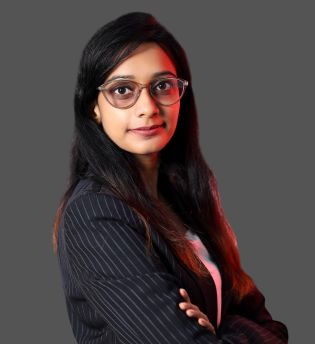
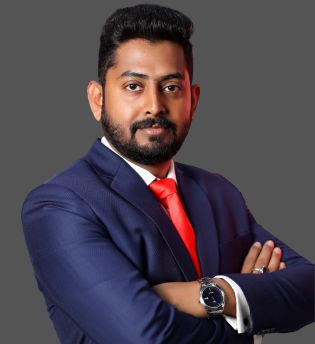















 Speak to Our Analyst
Speak to Our Analyst



